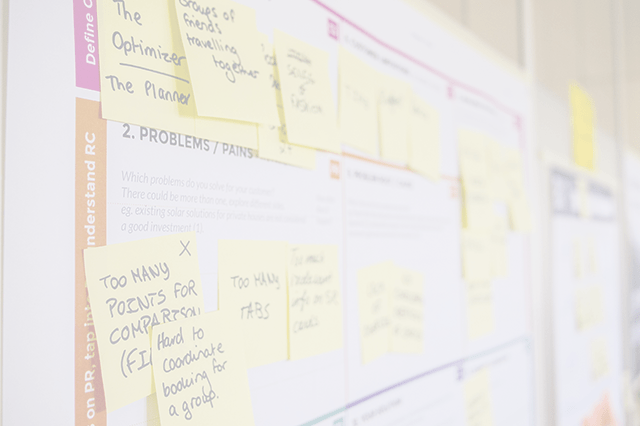Spotify Model
The “Spotify Model” is often misunderstood and misapplied in organizations. It consists of Squads, Tribes, Chapters, and Guilds. Squads are like Scrum teams, owning specific parts of a product. Tribes are groups of squads that collaborate in related areas. Chapters consist of people with the same skills in a tribe, and Guilds are larger communities of interest. However, merely adopting this structure without a cultural shift is ineffective.
Many organizations make mistakes when implementing this model. Don’t copy and paste another company’s Agile approach. Remember, no model is perfect for all time and all organizations. Being truly Agile means evolving and adapting to each unique need. Create a custom Agile model based on your culture and people. Focus on key principles underpinning Spotify’s success, such as: delivering value, product experimentation, autonomy, alignment, cross-functional teams, engineering culture, psychological safety, continuous improvement, morale, and optimizing workflow. These principles are crucial for long-term success.
The Spotify Model of Scaling - Spotify Doesn’t Use It, Neither Should You
Resource Links
- “Scaling Agile @ Spotify with Tribes, Squads, Chapters & Guilds” by Henrik Kniberg & Anders Ivarsson - the original paper
- Failed #SquadGoals
- My critique of “the Spotify Model” by Jason Yip
- Spotify Doesn’t Use the Spotify Model
- The ‘Spotify model’ is not a model. Here is why.
- There is No Spotify Model
- There Is No Spotify Model for Scaling Agile
- The top 3 points you should have paid attention to in the Spotify Engineering Culture videos that aren’t Squads, Chapters, Tribes, Guilds
- Tribes and Squads. How adaptive is that?
- You want to adopt the “Spotify Model”? I don’t think it means what you think it means!’
